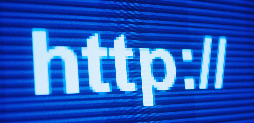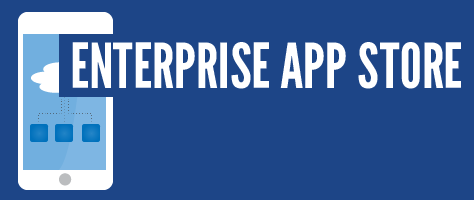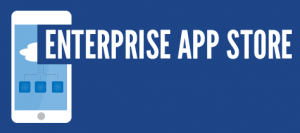My Op Ed in the Star Tribune: Net neutrality matters
 Here’s the intro of my Op Ed that will run in tomorrow’s Star Tribune… “Like most small-business owners, I’m not a fan of big government. Free markets and a tough-but-fair competitive landscape in which the most agile and innovative players come out on top have allowed my company to thrive. So I’m the first to admit the irony of finding myself on the same side of a political issue as one of Minnesota’s more liberal U.S. senators and a large government agency to boot.” Click to to read Net neutrality matters to Minnesota business.
Here’s the intro of my Op Ed that will run in tomorrow’s Star Tribune… “Like most small-business owners, I’m not a fan of big government. Free markets and a tough-but-fair competitive landscape in which the most agile and innovative players come out on top have allowed my company to thrive. So I’m the first to admit the irony of finding myself on the same side of a political issue as one of Minnesota’s more liberal U.S. senators and a large government agency to boot.” Click to to read Net neutrality matters to Minnesota business.




